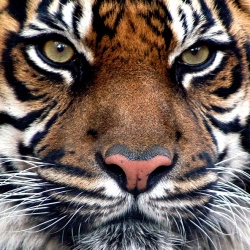
Researchers say it is needed to meet globally agreed conservation targets by 2020. The scientists say the daunting number is just a fifth of what the world spends on soft drinks annually.
And it amounts to just 1% of the value of ecosystems being lost every year, they report in the journal Science. Back in 2002, governments around the world agreed that they would achieve a significant reduction in biodiversity loss by 2010. But the deadline came and went and the rate of loss increased.
At a meeting of the Convention on Biological Diversity in Nagoya that year governments re-committed to a series of targets to be achieved by 2020. But there is a marked lack of data on how much it would cost to protect species and landed areas. And some experts believe that uncertainty about financial information helps governments who are reluctant to commit to funding the targets.
Now researchers from a number of conservation organisations and universities have set out in detail the likely costs of preserving all threatened species. They’ve also worked out the cost of establishing and expanding protected areas to cover seventeen percent of land and inland water areas.
The Philippine Eagle needs relatively large tracts of pristine forest to survive
Environmental economist Donal McCarthy from the RSPB lead the study. He told BBC News that the amounts involved are significant.
"Reducing the extinction threat for all species would cost $5bn a year, but establishing and maintaining a comprehensive global network of protected areas would cost substantially more," said Mr McCarthy.
